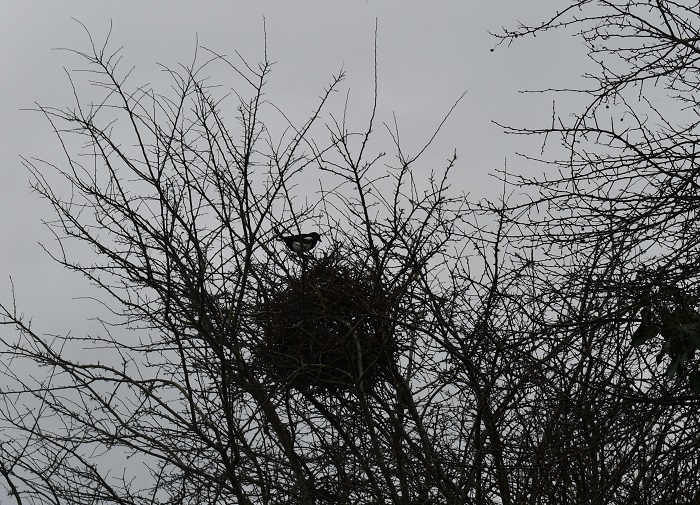04 March 2023
Growing Wild Willow Catkins and Birds Nests

Catherine Keena, Teagasc Countryside Management Specialist takes a closer look at some of our native Irish biodiversity to look out for in the countryside.
Willow Catkins

Look out for willow catkins. Immature male catkins are covered in grey fur and elongate and open to allow the pollen drift on the breeze to pollinate. Catkins appear before the leaves on our most common varieties such as goat willow, grey willow and eared willow. There are up to twenty varieties of willow in Ireland including hybrids and are difficult to distinguish. They vary from tall trees to small bushes. Goat willow is the most common one in hedges and has broad leaves. Willows also known as sallies grow in damp ground and are part of our native Irish biodiversity.
Birds’ nests

Look out for birds’ nests, while still visible, before leaves form a protective cloak around them. Branches, twigs, grasses, moss, hair and sheep’s wool are used to build them. Nests differ, with every species having a specific design and structure. Identification can be easy if the associated bird is to be spotted. The magpie’s nest is usually high up in the fork of a tree, but can be in a hedge. It is elaborately constructed with a foundation of clay, with a domed nest of twigs on top, lined with grass. Birds’ nests and their eggs are protected – part of our native Irish biodiversity.
See previous Growing Wild articles below:
- Growing Wild – Harts Tongue and Hazel
- Growing Wild – Whins and Ferns
- Growing Wild – Rose Hips and Flowering Ivy
- Growing Wild – Yarrow and Herb Robert
- Growing Wild – Elderberries and Blackberries
- Growing Wild – Haws and Spindle
- Growing wild – Guelder Rose and Sloes
- Growing wild – Purple loosestrife and Lord and Ladies
- Growing Wild – willowherb and water mint
- Growing Wild – dandelion and greater stitchwort
- Growing Wild – willow, primrose and lady’s smock
- Growing Wild – whitethorn and cow parsley
- Growing Wild – bluebells and guelder rose
- Growing wild – Honeysuckle and Foxglove
- Growing Wild – Elder and Ragged Robin
- Growing wild – dog rose and meadowsweet
- Growing wild – Privet and Lady’s Bedstraw
- Growing Wild – Bird’s foot trefoil and Knapweed
Keep an eye on Teagasc Daily for another Growing Wild later in the month. Learn more from Teagasc about Biodiversity & Countryside
